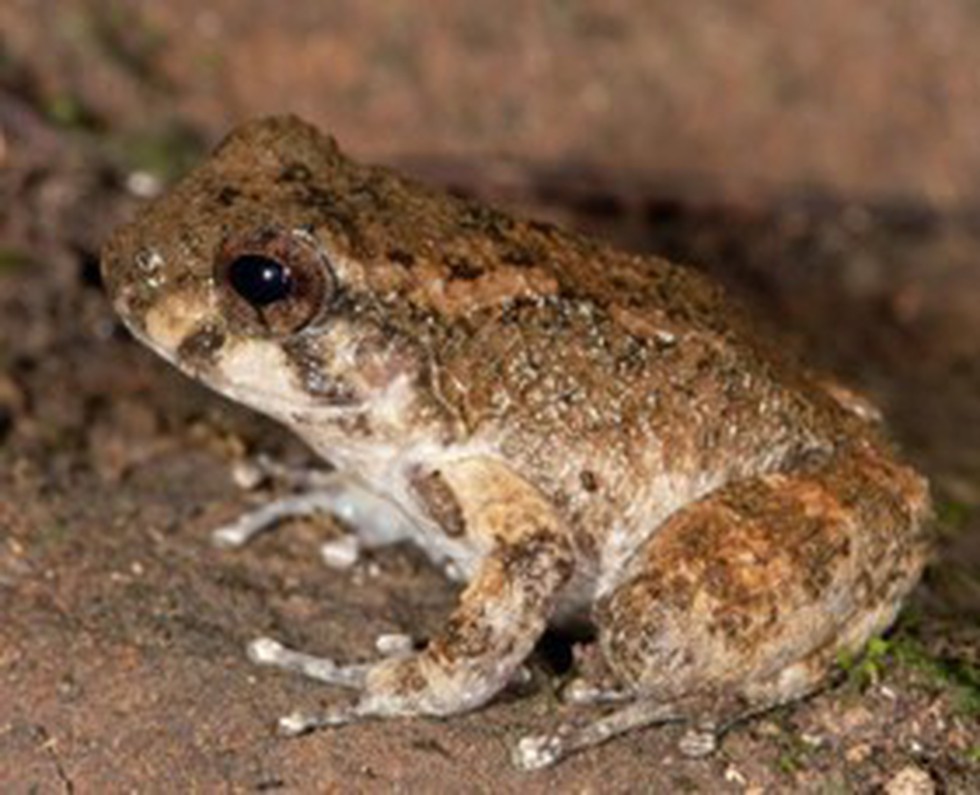About Alcalus fontinalis:
- It is a newly discovered species of frog.
- It was discovered in the Namdapha Tiger Reserve, Arunachal Pradesh.
- The frog appeared to be a mix of a bush frog and a water frog.
- The researchers used multiple lines of evidence using morphological, osteological, and molecular analysis, revealing they are no ordinary frogs but members of a dwarf mountain frog of the genus Alcalus, hitherto unknown from India.
- It was formally named Alcalus fontinalis, meaning “spring or fountain,” referencing the tiny streams or brooks where the frog was found.
- The new species stands out from its congeners due to a unique combination of morphological features.
- These include a snout-vent length of 27–28 mm in males and 29.9–36.2 mm in females, a disc on fingers and toes with a horizontal/transverse groove on the dorsal surface, wrinkled dorsal skin, and a pair of faint dorsolateral stripes on the back.
Key Facts about Namdapha Tiger Reserve:
- It is India’s easternmost tiger reserve.
- It is located in the Changlang district of Arunachal Pradesh, near the international border with Myanmar.
- The area is located between the Dapha Bum ridge of the Mishmi Hills, outspurs of North Eastern Himalayas and the Patkai Ranges.
- It was declared in the year 1983.
- Vegetation: Evergreen Forests, Moist deciduous forests, sub-tropical forests, Temperate Forests and Alpine.
- Climate:
- The Namdapha Protected area, being 27 degrees north of Equator, enjoys a sub-tropical climate.
- However, the climate of the area varies from place to place inside the protected area due to variations in altitude from 200 m to 4571m and the area also being a zone of heavy rainfall.
- Namdapha river:
- Namdapha is, in fact, the name of a river which originates from Daphabum and meets the Noa-Dehing River.
- This river flows right across the reserve in a North-South direction and hence the name Namdapha.
- Flora: The Botanical Survey of India has recorded 73 species of lichens, 56 species of Bryophytes, 110 species of Pteridophytes, 5 species of Gymnosperms, and 801 species of Angiosperms.
- Fauna: Elephants, Himalayan Black Bear, Himalayan Sun Bear, Hoolock Gibbon (only Ape in India), Slow Loris, large herbivores such as Goral, Serow, Sambar, Pig, and Malayan Giant Squirrel.
